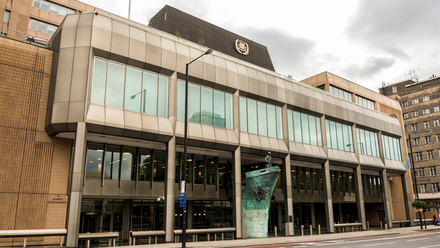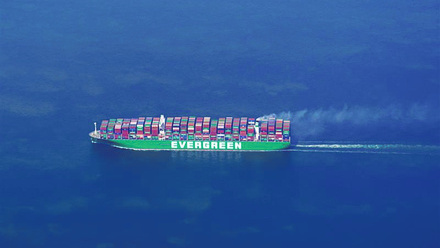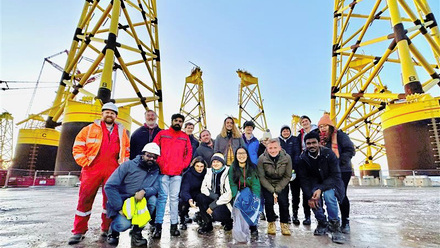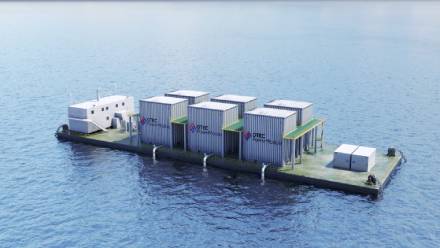Sweden eyes fossil-free maritime sector
A clean maritime industry gets closer as authorities order an Artemis electric foiling pilot boat, the first of its kind for the Nordic country.
Achieving net zero in a developed industrialised nation is a journey paved with hard decisions, pragmatic choices and compromises. Last year, for example, Sweden adopted a new energy target, switching its 100 percent renewable energy goal to 100 percent fossil-free, a change in wording that gives the government the greenlight to push ahead with new nuclear power plants in a country that voted 40 years ago to phase out atomic power.
The change is a recognition that the country, which already generates 98 percent of its electricity from fossil-free water, nuclear and wind, will not be able to meet an expected doubling of electricity demand to around 300 TwH by 2040 and still deliver its commitment to have net zero emissions by 2045 without investing in new nuclear capacity.
2045 is an ambitious target, and significant progress is being made under the auspices of the Fossil Free Sweden initiative, which has set out roadmaps for 22 business sectors that account for over 70 percent of the country’s emissions.
Shipping amounts to about four percent of emissions from domestic transport, about 700,000 tonnes of CO2 per year. Along with greener fuels, electrification will be a key enabling technology and it is in line with this strategy that the Swedish Maritime Administration has ordered a 100% electric emissions-free Artemis EF-12 pilot boat.
A small change for big ideas
Equipped with eFoiler® technology and the first of its kind in Nordic waters, the pilot boat will provide critical pilotage services for ships navigating Sweden’s busy offshore shipping lanes. The hydrofoil technology lifts the hull above the water, minimising drag, optimising energy use and delivering a smoother, quieter ride for pilot and crew. The technology also significantly reduces wake impact, minimising disturbance to marine ecosystems, shorelines and anchored vessels.
Dr Iain Percy, CEO of Artemis Technologies, which earlier this year signed a contract to deliver an Artemis EF-12 pilot boat to Brabo in late summer 2025 to provide pilotage services in Antwerp, one of the world’s busiest ports, said it’s the combination of electrification and foiling that makes this design such a transformative tool for decarbonisation.
“It truly comes into a league of its own,” he states. “The hydrofoil acts like a wing to lift the hull out of the water, decreasing drag and increasing efficiency. This means increased range, less downtime spent recharging as our 12 metre vessels can fully recharge in under an hour, and ultimately better operational efficiency.”
According to Dr Percy, the maritime sector has, like many others, reached a tipping point where traditional practices are no longer sustainable in both the economic and environmental sense. “Advanced, cleaner technologies demonstrate how high-performance innovations can dramatically reduce both energy consumption and emissions, setting a benchmark for the future of waterborne transport,” he explains.
A pilot boat may seem like a niche maritime segment but as Dr Percy points out, small steps add up to big changes as every ship entering or leaving a port are required to engage an authorised pilot and that can add up to a lot of fuel burn.
But technological breakthroughs on their own are not enough. “What’s crucial now is a concerted effort to integrate technology, policy and infrastructure,” Dr Percy concludes.
Join IMarEST’s Small Ships Special Interest Group to discuss similar topics.
Image: Artemis EF-12 pilot from Artemis Technologies in action; credit: Artemis Technologies.
Tell us what you think about this article by joining the discussion on IMarEST Connect.





